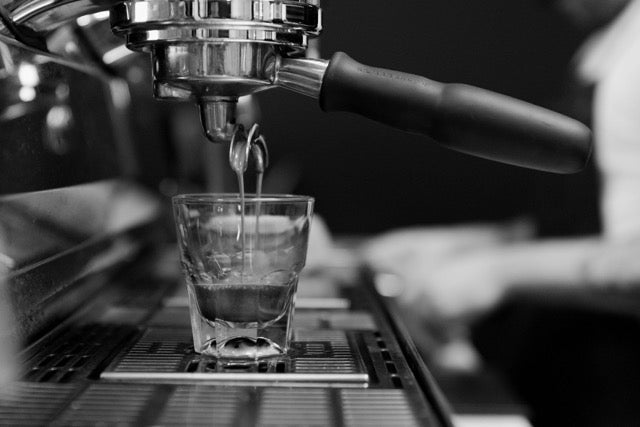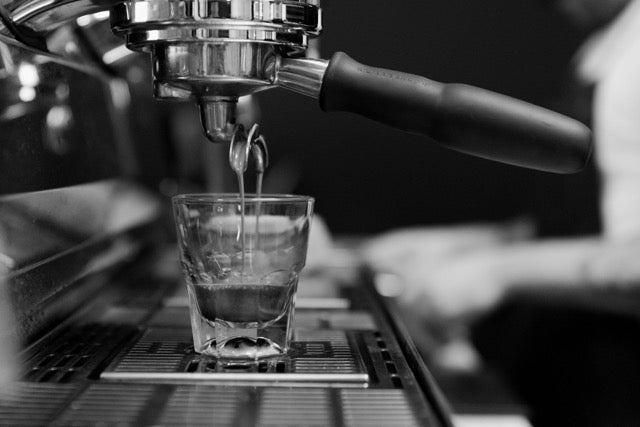Best Coffee Beans For Espresso

Espresso is the most concentrated form of coffee. Brewed under pressure, it draws out every nuance from sweetness, to acidity, and body. It is both a science and an art form. At Common Room Roasters, our Signature Blends are designed to perform with precision and consistency. They balance structure with sweetness, carrying notes of dark chocolate and caramel. They’re created for those who value both quality and ritual whether you’re pulling shots in a café or brewing at home.
Our award-winning Brunswick Blend pays homage to one of Melbourne’s most iconic specialty coffee suburbs. This blend combines washed and natural coffees from Ethiopia, Brazil, and Colombia, producing notes of chocolate, berries, and toasted almonds. It’s a coffee that performs beautifully as a vibrant espresso or your morning flat white.

The newest addition to our Signature lineup, the Zaferia Blend, captures the spirit of the Long Beach neighborhood that houses our Roastery. This coffee delivers a lively, textured cup with notes of milk chocolate, caramel, and dried fruits. It’s smooth, approachable, and deeply rooted in the energy of the people who inspire it.
For those who like their coffee bold, City Block Blend is the go-to. A blend of Brazil and Colombia, this coffee offers notes of chocolate, roasted nuts, and a caramel finish. It’s full-bodied and low in acidity designed for those who run the city in the hospitality industry.
For traditionalists, Degraves Lane is a nod to Melbourne’s laneway cafés where espresso is an everyday art form. This medium-dark roast is comprised of Colombia and Brazil to create a heavy-bodied cup with notes of deep chocolate and a subtle smoky finish. It’s our version of the classic “cup of joe,” reimagined for the modern palate.

For those chasing something more adventurous, our Premium and Reserve Single Origins open the door to the extraordinary. These coffees showcase the diversity of coffee’s origins from Ethiopia’s bright florals and fruit-forward naturals to the clarity and balance of Colombian washed lots. They often take a little more time to dial in, but the payoff is undeniable: expressive flavors, nuanced acidity, and a sensory depth.

Each origin tells its own story of place, process, and people. Together, they represent the ever-evolving landscape of specialty coffee and the endless possibilities it holds within a single shot. From our award-winning Brunswick Blend to our range of single origins, every coffee we roast reflects our philosophy: where passion meets precision, and every detail matters.
Explore full range: https://www.commonroomroasters.com/collections/coffee













